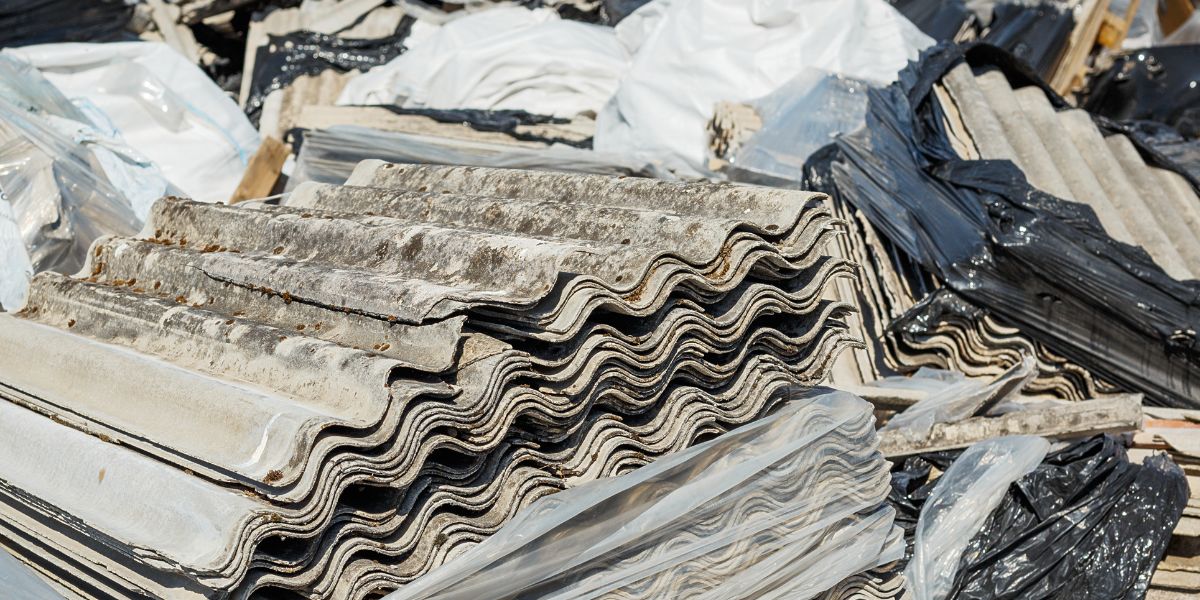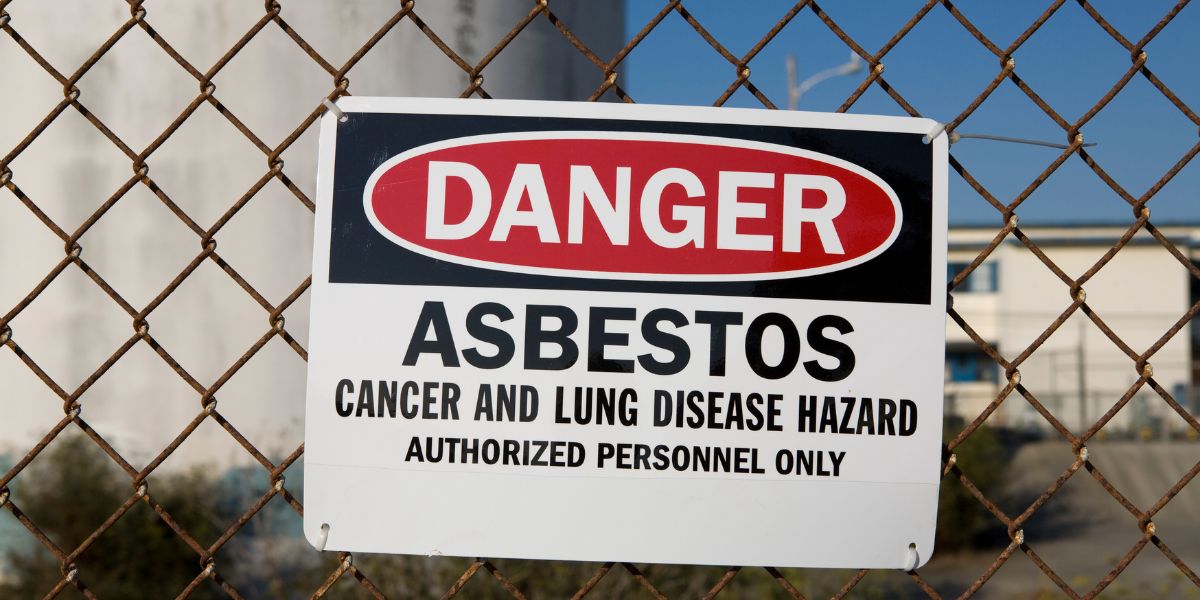Asbestos insulation, once lauded for its fire-resistant properties and affordability, has left a lasting legacy of health hazards and environmental concerns. Asbestos insulation typically appears as a fibrous material with a grayish-white hue, resembling conventional insulation but with finer and denser fibers. It can manifest in various forms, such as loose-fill insulation, insulating boards, pipe wraps, or sprayed coatings, often exhibiting a textured or uneven surface. Asbestos removal requires meticulous planning and execution by trained professionals to ensure the safe containment, removal, and disposal of hazardous asbestos-containing materials.

Appearance and Visual Cues
Asbestos insulation can take on various forms, making visual identification a crucial first step. Its appearance often serves as the initial clue, prompting further evaluation. Loose-fill asbestos insulation typically appears as a fluffy, fibrous material, akin to traditional insulation but with a distinct grayish-white hue. Insulating boards and pipe insulation, on the other hand, tend to have a more rigid, compact structure, sometimes with a corrugated or textured surface.
Identifying characteristics of asbestos insulation include:
- Fibrous texture: Asbestos insulation is composed of fine, densely packed fibers, lending it a distinct fibrous appearance.
- Grayish-white color: While not always the case, asbestos insulation often exhibits a grayish-white or off-white hue.
- Friable nature: Older asbestos insulation may appear crumbly or easily dislodged, increasing the risk of fiber release.
- Labeling or markings: In some cases, asbestos-containing materials may bear labels or markings indicating their composition, though the absence of such markers does not necessarily rule out the presence of asbestos.
It’s important to note that visual inspection alone cannot definitively confirm the presence of asbestos. Many materials, including fiberglass and mineral wool insulation, can resemble asbestos insulation to the untrained eye. Professional testing and analysis are essential for accurate identification and ensuring appropriate safety measures are taken.
Identification of Asbestos Insulation
Identifying asbestos insulation necessitates a keen eye and sometimes professional assistance. Asbestos insulation typically manifests as a fibrous material, often sporting a grayish-white hue. Its appearance may resemble conventional insulation, yet its fibers are notably finer and denser. Buildings erected prior to the 1980s are more likely to harbor asbestos insulation, though its presence in newer structures isn’t unheard of. Key locations where asbestos insulation may lurk include attics, walls, ceilings, pipes, and HVAC systems. Professional inspectors proficient in asbestos detection can provide precise assessments, employing sampling techniques for laboratory confirmation.
Types of Asbestos Insulation
Asbestos insulation comes in various guises, each tailored for specific applications. Loose-fill insulation, comprising loose asbestos fibers, finds its niche in cavity and attic insulation. Insulating boards, containing asbestos for fireproofing and insulation, can be found in walls and ceilings. Pipe insulation, encasing pipes and boilers with asbestos wraps, is prevalent in industrial settings and older residential or commercial properties. Sprayed coatings, applied to surfaces for fireproofing, often contain asbestos and can be encountered in diverse settings like commercial buildings and industrial facilities.

Understanding the Dangers
The perils of asbestos insulation extend far beyond its innocuous appearance. Disturbing asbestos-containing materials can release microscopic fibers into the air, which, when inhaled, pose grave health risks. Prolonged exposure can culminate in debilitating respiratory ailments such as asbestosis, lung cancer, and mesothelioma. Even short-term exposure to elevated asbestos levels can have dire consequences. Moreover, the environmental repercussions of asbestos contamination are significant, with fibers persisting in indoor air and soil, perpetuating health hazards for generations to come. Inhalation of asbestos fibers is associated with the development of lung cancer, mesothelioma, ovarian cancer, and laryngeal cancer.
Navigating Safe Removal
Given the inherent risks, the removal of asbestos insulation demands meticulous planning and execution by certified professionals. You may be wondering about the process and removal cost for asbestos. Licensed asbestos abatement contractors equipped with specialized knowledge and equipment should oversee removal operations. Engineering controls, including containment barriers and negative air pressure systems, help minimize fiber dispersion during removal. Workers must don appropriate personal protective equipment (PPE) to mitigate exposure risks. Proper disposal protocols, in compliance with local regulations, ensure the safe containment and transport of asbestos waste to authorized facilities. Post-removal clearance testing, comprising air monitoring and meticulous inspections, verifies the efficacy of removal efforts before reoccupation.
Final Thoughts
For those concerned about the presence of asbestos insulation in their homes or workplaces, First and Last Restoration stands ready to assist you. Our team of certified professionals specializes in identifying, removing, and safely disposing of asbestos-containing materials, ensuring the protection of your health and the environment. Don’t let the dangers of asbestos insulation linger—contact us today for a comprehensive assessment and peace of mind. Trust First and Last Restoration to safeguard your well-being and create a safer living or working environment for you and your loved ones.
























